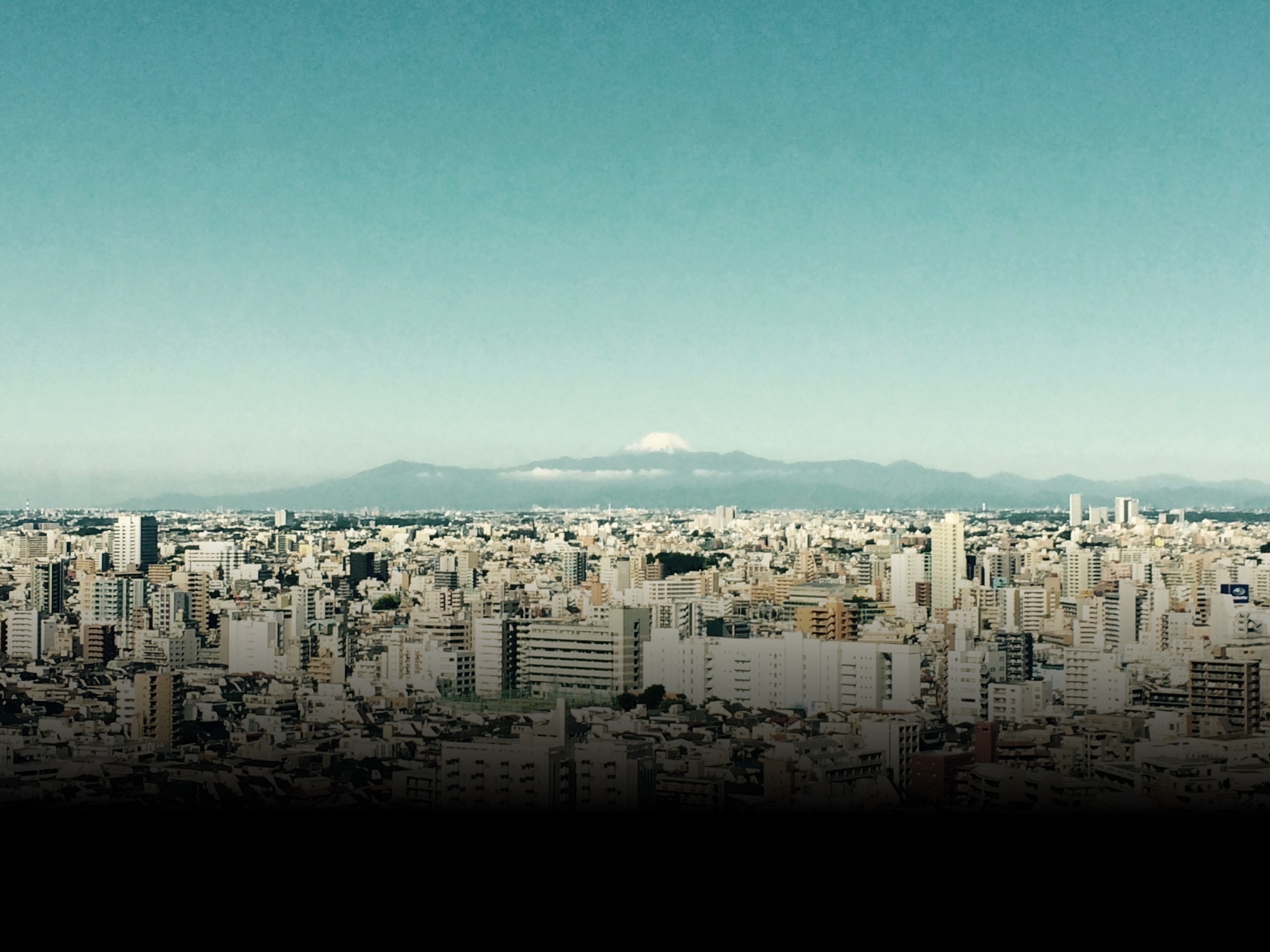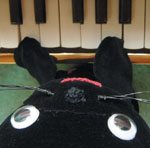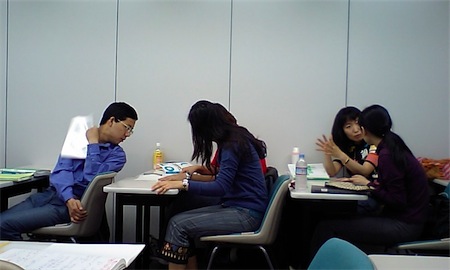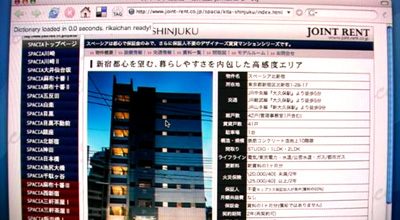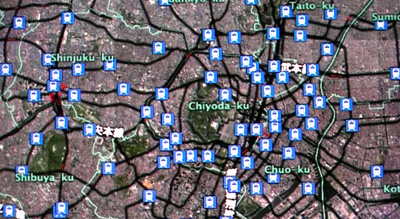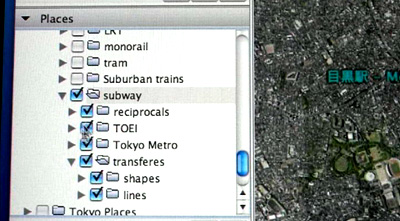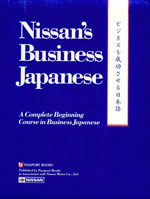
I have a confession to make, I’m really not a fan of the book we are using to study Japanese – “Nissan’s Beginner Japanese – A Complete Beginning Course in Business Japanese”. When I began my self-study, I worked in a structured way to carefully learn the writing system first (sans Kanji), the basic grammar, and then proceeded to build up vocabulary. To me, learning a language is alot like building a house. You start with the foundation and work up – it makes sense with the way I think, in frameworks and structures.
Lacking in any sort of structure for grammar, this book is certainly motivating me to study and I think I have stumbled upon a way to use it’s random nature to my advantage. Though, certainly not for beginners who wish to really get to know the language, this book does have a redeeming value. In attempting to tame the mighty blue monolith, I’ve developed my own Nihongo study plan to sort through what I have been learning. It’s making the Nissan book much more digestable and enjoyable to work through.
So now, the updated nihongo study plan for me includes four aspects:
- The Vocabulary Study List / Flash Cards – Every time I run into a word I do not know, I place in in a vocabulary list (using iFlash). This list gets reviewed between rounds of Wii tennis and is rewarded with many cups of coffee and sometimes beer.
- The Kanji Breakdown List / Flash Cards – Starting from the first level of Kanji, I’ve begun storing the meanings, readings, and writing of basic kanji. This is being done independently of the material in the book. I have also added a few that I run into multiple times while plowing through the Nissan book. This is sometimes helpful in decoding what appears in the next list.
- Superhard Suicide Kanji Recognition List – There are a many kanji our instructor feels are imperative to know for international business, most of which are culled from big blue. My favorite at this point is
å†å›ºå½¢è²¬ä»»è€… 最高経営責任者 (arigtou saya-san) – the Japanese equivalent of CEO. The SSKR list is not meant to help understanding and is brute force memorization brain cycles. I’m not bothering learning any of the meanings of these Kanji individually as they distract from my base list of kanji.
- Grammar Notes – Lastly, I’ve started keeping notes on verb conjugations and grammer rules which I will be compiling into a notebook for review. Reading this information in a linear fashion is much more helpful than using flashcards.
In addition, I’ve also gone back to later episodes of Yesjapan.com shows I downloaded when I was a member. I’m finding I’m understanding more at this point now, which is very encouraging. Hopefully this helps anyone who is using the Nissan book for their language instruction as well.
And so on that note, I’m off to go watch NHK television on Google Video fall asleep. ãŠã‚„ã™ã¿ãªã•ã„ï¼
